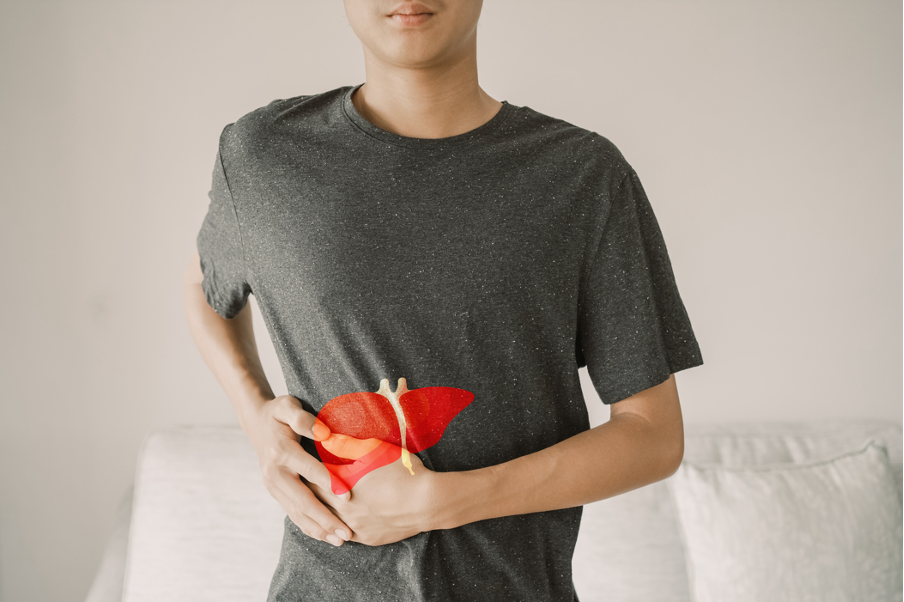Get to Know More About What is Mpox (Monkeypox), What are the Symptoms, How to Treat it?
- klabdigitalmarketi
- Aug 26, 2024
- 3 min read
Updated: Jul 28

Monkeypox, also known as Mpox, has become a global concern once again due to new cases reported in various countries. The spread of this disease is worrisome because its characteristics are similar to smallpox, although with a lower level of severity. These cases are not limited to endemic areas in Africa, but have also been reported in non-endemic countries such as the United States, England, several European countries, and Asia, including Indonesia where there were 88 reported cases as of Saturday (17/8/2024). Governments around the world have increased early detection and prevention efforts to control the spread of this disease.
What is Mpox (Monkeypox)?
Monkeypox is a viral zoonotic disease caused by a virus of the Orthopoxvirus genus, which also includes the smallpox virus. The disease was first identified in monkeys kept for research in 1958 and was later found in humans in West and Central Africa in the 1970s. Although initially, the disease was mainly found in endemic areas, imported cases in non-endemic countries have raised global concerns.
The virus is transmitted to humans through direct contact with blood, body fluids, or skin or mucosal lesions from infected animals such as monkeys, rodents, and squirrels. Additionally, human-to-human transmission can occur through respiratory droplets, direct contact with body fluids or skin wounds of patients, and objects contaminated with the virus.
What are the symptoms of monkeypox?
Monkeypox symptoms typically appear 5 to 21 days after exposure to the virus. Early symptoms often resemble flu symptoms, including:
Fever: Sudden increase in body temperature
Headache: Intense pain in the head
Muscle pain: Sore and weak muscles
Fatigue: Weakness and lack of energy in the body
Swollen lymph nodes: Enlarged lymph nodes in the neck, armpits, or groin
Skin rash: Rash starts 1-3 days after fever. It usually begins on the face and then spreads to other parts of the body. The rash evolves from flat red spots to fluid-filled vesicles, then pustules, and finally forms a crust that will peel off.
These symptoms typically last for 2 to 4 weeks. Most patients will recover spontaneously, although some cases can be more severe, particularly in individuals with weakened immune systems.
How is monkeypox transmitted?
Human-to-Human Transmission:
Close Contact: The virus is spread through direct physical contact such as touching the skin, having sex, kissing, or being face-to-face with an infected person.
Indirect Contact: The virus can survive on surfaces such as clothing, towels, and other objects that have been touched by an infected person, which can transmit the virus if touched by another person.
Mother-to-Fetus or Infant Transmission: The virus can be transmitted during pregnancy, at birth, or through physical contact after birth.
Infectious Period: An infected person is considered infectious until all of their skin lesions have completely healed, which takes 2-4 weeks.
Transmission from Animals to Humans:
Contact with Infected Animals: Humans can contract the virus from infected animals, primarily through bites, scratches, or contact with blood or undercooked meat.
Prevention: To reduce the risk of transmission, it is important to avoid contact with wild animals, especially sick or dead animals, and to thoroughly cook animal meat.
Transmitting COVID-19 from Humans to Animals:
Transmission to Pets: There have been reports of the virus being found in dogs, but it has not been confirmed whether this is a true infection or just contamination.
Potential Risk: Since many animal species are susceptible to the virus, infected individuals should avoid contact with animals, including pets and wildlife.
What are the symptoms of monkeypox?
The management of monkeypox is primarily supportive, focusing on relieving symptoms and preventing complications. Recommended management measures include:
Patient Isolation: Infected patients should be isolated to prevent the transmission of the virus to others.
Symptomatic Treatment: Medications such as paracetamol can be administered to relieve fever and pain.
Adequate Hydration: Patients should receive sufficient fluids to prevent dehydration.
Vaccination: The smallpox vaccine is known to provide cross-protection against monkeypox. Some countries have started considering vaccination for people at high risk.
Antiviral Treatment: While there is no specific drug approved for monkeypox, some antiviral drugs such as tecovirimat have been used in some cases with promising results.
It is important to raise public awareness about the symptoms and transmission of monkeypox to enable early detection and prompt treatment.
Monkeypox is a rare but dangerous disease that requires proper treatment. With the increasing number of new cases in several countries, it is crucial for us to stay vigilant and take necessary preventive measures, as outlined above. Seeking medical advice and maintaining personal hygiene can help prevent the spread of this disease.




Comments